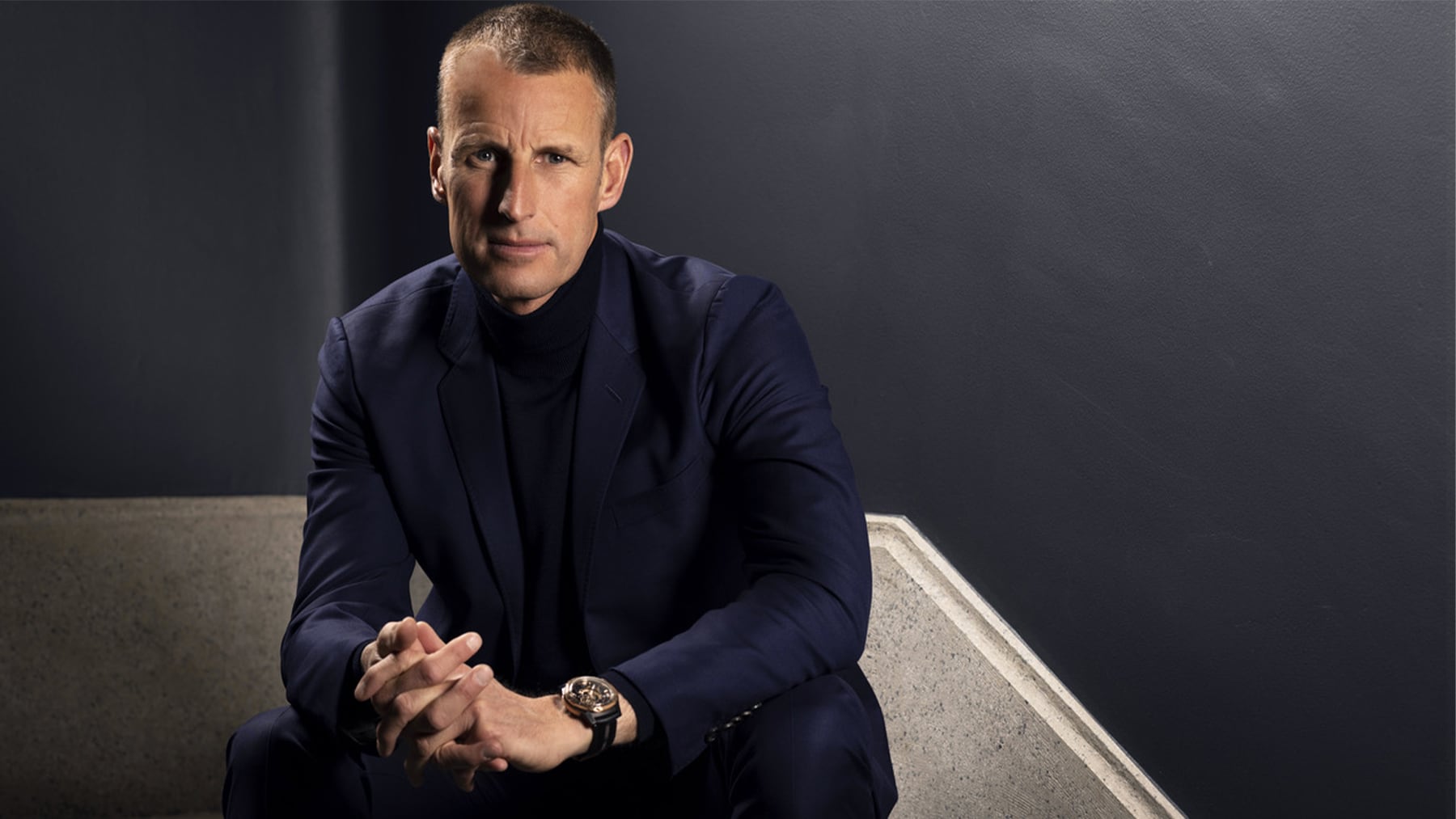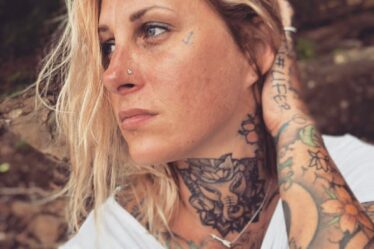
GENEVA – Despite soaring temperatures at this year’s Geneva Watch Days, Swiss executives struggled to dispel the cold winds that have chilled the industry in recent months. Following record highs in 2022 and 2023, sales of Swiss watches have slowed sharply. Export values have dropped, manufacturers are freezing orders, and retailers are grappling with unsold stock amid China’s ongoing economic slump and waning interest from both occasional buyers and watch-flipping speculators worldwide.
Sowind Group, parent entity of the heritage Swiss brands Ulysse Nardin and Girard-Perregaux, has even furloughed workers due to the slowdown, leaning on a state program to avoid definitive job cuts.
Still, the group’s chief executive Patrick Pruniaux, 52, is putting on a brave face, seeing opportunity on the other side of the industry’s current slump.
“The watch market is not collapsing,” Pruniaux told Business of Fashion last week. “It is normalising. We’re now going to go through a couple of quarters that will be more challenging, but medium-term, long-term, no issue. Consumers still spend a very significant amount of money and have a lot of passion for luxury watches.”
Two and a half years ago, Pruniaux made headlines by leading a management buyout of Ulysse Nardin and Girard-Perregaux from Kering, positioning himself as a key player in navigating the industry’s current challenges. The buyout came after Kering decided to divest from its watchmaking unit which, despite its brands’ rich watchmaking histories, remained a niche side-show in the French group’s portfolio of fashion mega-brands like Gucci and Saint Laurent. Neither Kering nor Sowind Group disclosed a sale figure, though Kering reported only €29 million ($32 million) of capital gains from asset disposals in its July 2022 half-year report.
Initially, Pruniaux’s investment looked a good bet as a post-pandemic surge in luxury watch sales left many of the industry’s best-known brands unable to satisfy demand. Having been in the doldrums for years, Girard-Perregaux found itself running waiting lists on its 1970s Laureato sports watch.
But those days are over. Swiss watch exports are down 2.4 percent by value and 8.4 percent by volume this year according to the Federation of the Swiss Watch Industry. Luxury groups reported declining revenues over the summer, with Swatch Group (parent company of Omega, Longines and Harry Winston) recording a 14.3 percent fall in first-half revenues and a 70.5 percent drop in net income.
Sowind is reported to have furloughed as much as 15 percent of its workforce, even though according to Pruniaux across the two brands revenues this year are “flattish”, with Ulysse Nardin up by a single-digit percentage He said the Swiss furlough scheme had enabled the company to “secure our staff having increased production teams by 10 to 15 per cent in the last few years.” He added that “furlough demonstrates perfectly our commitment to plan for growth and nurture internal expertise with a long-term view.”
One industry analyst said most Swiss watch companies would be delighted with a flat year. “On average, the industry will be down five percent this year,” said Oliver Müller, founder of the Swiss consultancy LuxeConsult and co-author of Morgan Stanley’s influential annual watch report. “Some brands are already down double digits, as much as 30 percent [but] we’re comparing against a record year.”
“We are debt-free and profitable,” Pruniaux said, noting that he was not looking for further investment at this time. “I feel we are beating the market significantly.”
Still, with the industry in flux and short-term gains hard to come by, questions will be asked about the prospects of Pruniaux’s brands.
Girard-Perregaux was founded in 1791 and is one of the world’s most established luxury brands. But it and Ulysse Nardin continue to sit in an awkward middle ground between global luxury watch names like Patek Philippe, Audemars Piguet and Richard Mille and Switzerland’s high-end niche players, which attract collectors with rare hand craftsmanship and ultra-low volumes.
Pruniaux said Girard-Perregaux and Ulysse Nardin are on track to sell around 20,000 timepieces this year at an average selling price of around 21,000 Swiss francs ($24,785), implying a turnover of 420 million Swiss francs ($495 million), which Müller said would give Sowind Group estimated annual revenues of around 160 million Swiss francs ($189 million) once wholesaler markups are taken into account. That’s compared to turnover of over 1.8 billion Swiss francs ($2.1 billion) for the likes of Patek Philippe or 2 billion Swiss francs ($2.4 billion) for Audemars Piguet (not to mention sector-leader Rolex’s 9.3 billion Swiss franc ($10.9 billion) revenues), according to Morgan Stanley estimates.
Pruniaux said he doesn’t see Sowind’s brands as directly competing with the big name players and that he was happy to appeal to customers seeking high-end watchmaking above brand clout. “They’re still in watchmaking, but they went to another level so much that they could just as well be in another industry,” he said. “I’m clearly in the watch business.”
He continued: “I belong to that league [with Patek], but I’m not targeting it. Our objective is to have distinctive, exclusive products. We know we’re not the first watch, and we don’t try to be. We are clearly more for people that have a true interest in watches and are not seeking status only.”
Pruniaux is able to leverage claims of both hand-craftsmanship and sustainability thanks to an ultra-local Swiss supply chain. Excluding raw materials, he said the vast majority of components for the company’s watches are sourced within 100 kilometres of its manufacturing headquarters in La Chaux de Fonds.
In an industry that tends to stay quiet about sustainability, Pruniaux is appealing to consumers with improvements to its materials sourcing, too, marketing Ulysse Nardin’s Diver NET watch cases as being made of 95 percent recycled steel.
Pruniaux said his brands would take a cautious approach to pricing, conscious of buyers’ perception that recent industry price hikes were “sometimes unjustified”. “My objective is fairness,” he said. “When you buy a product from us, you’ll know 20 years from now that you paid a good price.”
Kering appointed Pruniaux in 2017 after a stint launching the Apple Watch in the UK and Ireland. Before that, he worked for LVMH as TAG Heuer’s vice-president of sales and retail. Would he still have led the buyout from Kering if he’d known how quickly the market would turn?
Pruniaux said he and his investors had planned for a slump. “We expected it,” he said. “In 2022, when the market was at its peak, we could probably have sold two or three times more [watches] than what we sold, but we made the decision that we would miss some sales.” He said they’d opted not to increase production, a scenario that would have left them managing decline in the event of what they saw as an inevitable downturn.
For now, his investors are willing to be patient. Backers of the 2022 buyout were split into three groups: Pruniaux and chief operational and financial officer Alain Sponem are the majority shareholders; joined by a block of other senior executives and outside investors that mostly include family offices.
“We have family offices and not, for instance, private equity because they’re long-term,” he said. “Those investors are investing in the project and the vision. Quarterly results are almost of no interest to them.”
Independence has allowed Sowind to maintain rather than increase production levels in recent years, making it easier for the company to navigate the current slowdown, Pruniaux said. “Private equity would look for a return in five years, but the difficulty of the luxury watch industry is that even if you’re convinced you’re going to perform, you don’t know how well or when.”
Even so, it isn’t all rosy outside a big group. “We miss the visibility you have in the market and the understanding of the end consumer [from a large group],” Pruniaux said. “Large groups are analytical and they understand creativity. And they almost force rationality on you, giving you structure.”
Rising prices and the ubiquity of smartwatches and smartphones have been blamed for falling export volumes for Swiss watches, as many younger consumers turn to connected devices or choose not to wear a watch at all.
But Pruniaux says his customers have continued to skew younger since a new generation got hooked on watches during the pandemic. “In the past six or seven years, for both brands, we saw the average age of the buyer going down 10 or 15 years to late 30s, early 40s,” he said.
This, he said, gave him room for optimism. “A watch is very relevant in this world,” he said. “Not only from a sustainability point of view: consumers expect craftsmanship, authenticity, emotion and convenience, and we deliver it. The next 15 years are going to be very interesting for this industry.”



